Politics
Internal poll projections offer hints of top three, dark horses
Up to 20 of its leaders caught up in close fights, projection by the ruling parties gives Nepali Congress 60 FPTP seats.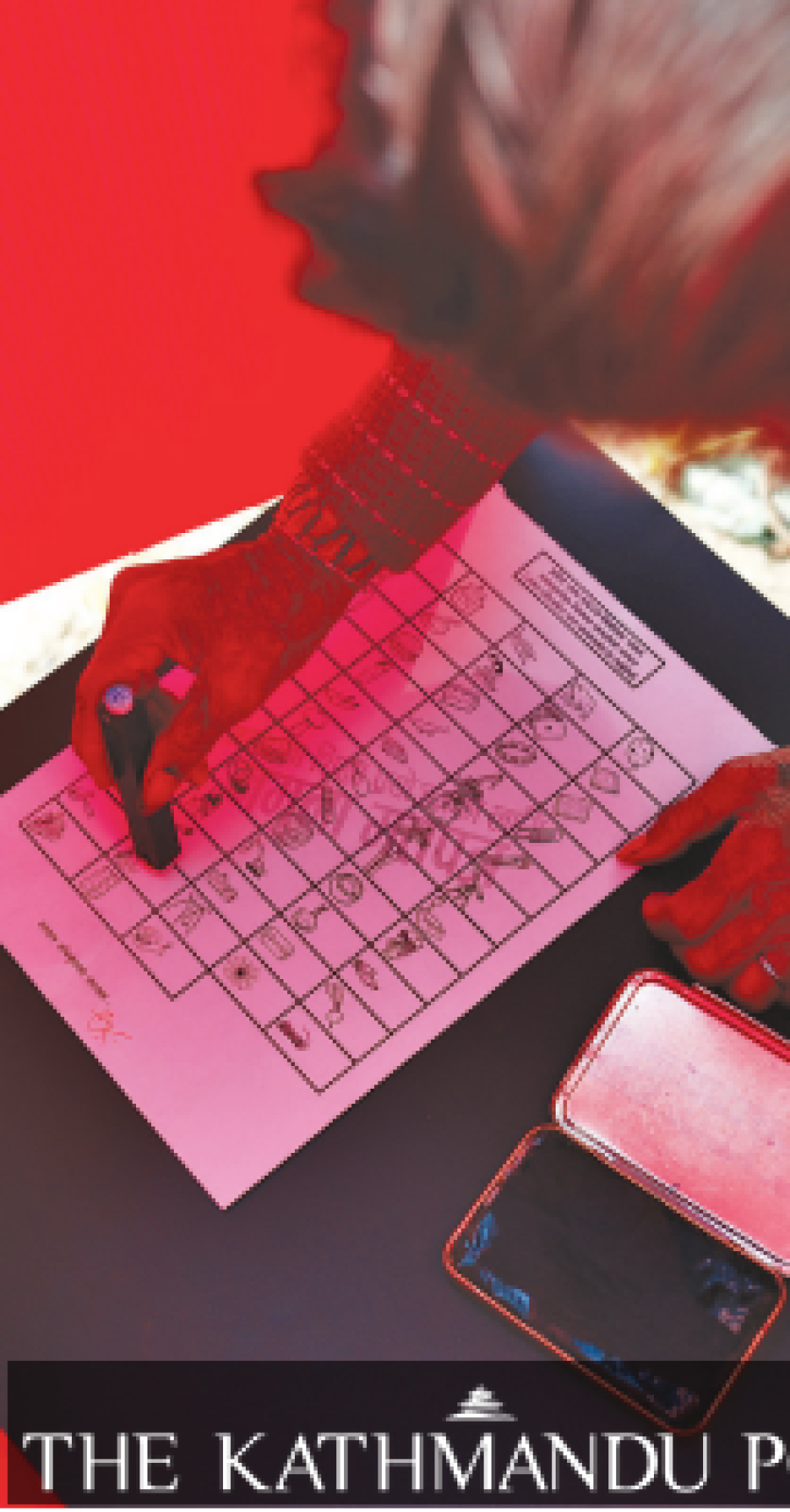
Anil Giri
With the date for the federal and provincial elections drawing closer, political parties are busy calculating the possible outcome of the polls.
As per the election code of conduct, exit polls or pre-election projections cannot be carried out by any organisation or media under any pretext.
Sources said besides the political parties’ internal assessments, the security agencies also regularly update themselves on elections. As matters stand, several election projections and related data are currently circulating in the power corridors of Kathmandu.
CPN-UML, the largest party in the outgoing parliament, claims it will win 150 seats in the upcoming elections, after combining the seats of first-past-the-post (FPTP) and proportional representation (PR) categories. UML Chairman KP Sharma Oli has been claiming that the party will win majority seats and form the government either single-handedly or with the support of the Janata Samajbadi Party and the Rastriya Prajatantra Party.
Bishnu Rimal, deputy general secretary of the party, echoed Oli’s tall claims. “In total, we will get around 150 seats,” Rimal told the Post on Friday, reiterating his earlier position.
But different projections that the Post received from the various political parties and security agencies tell a different story.
A recent projection carried out by one security agency gives 38 seats to the UML under the FPTP and 40 seats under the PR category.
In local elections, we got 34 percent of the popular vote, said Rimal. “Our aim is to add six more percentage-points in the coming elections, to reach 40 percent of popular votes, which means we will win around 150 seats.”
“As per our projection, we are doing better than the ruling alliance. Our situation is strengthening. Also, some independent candidates or parties established in the name of independent candidates are likely to gain some seats,” said Rimal.
One UML leader told the Post that their party is expected to get a good number of seats in Province 1, Madhesh Province, Gandaki and even Sudurpaschim.
Another poll projection of the ruling alliance with the support of various independent researchers gives 44 seats to the UML. The party is contesting 141 of the first-past-the-post 165. There are 110 seats for proportional representation in the federal parliament. But a UML leader said that real internal projection is of around 30-36 seats in direct elections and around 40 seats under proportional representation.
Similarly, Nepali Congress which ended up a distant-second in the 2017 elections, is projected to be the largest party. Party leaders and some surveys conducted by political parties and state agencies have indicated that Congress will emerge as the single largest party in Parliament. It is only contesting 91 seats in federal elections.
“According to our estimates, the party is likely to win 70 seats under direct elections and around 40 under the proportional representation,” Jeevan Pariyar, joint general secretary of the party, told the Post.
A poll projection carried out by the ruling parties with the support of state agencies gives only 60 FPTP seats to the party since as many as 20 party leaders are caught up in tight races against other candidates. Out of those 20 seats, if the Congress candidates win half, it would come up with a total of 70 seats, the report said. Another report exclusively prepared by the security agencies gives the party 65 seats under the direct elections, and 36 under proportional representation.
“When the two communist parties jointly contested the last elections, we had secured 40 seats under the proportional representation, so we will win no less than 40 seats this time as well,” said Pariyar. “As we are only contesting 91 seats, we hope to get enough votes under the proportional representation, particularly in places where our candidates are not contesting.”
The Congress had won the highest number of seats in the last local elections. Though the party is contesting elections jointly with four other parties, its core votes are unlikely to be transferred to other parties.
Different kinds of polls projections have given the ruling alliance a sure -shot majority in pre-elections surveys.
Another ruling party, CPN (Maoist Center), which is contesting in 47 seats, is aspiring to win no less than 30 seats in direct elections.
“We have not calculated how many seats we will secure under the proportional representation, but under direct elections, we will win at least 30,” said Haribol Gajurel, the party’s deputy general secretary.
Congress is likely to win 70 seats, UML around 35 and CPN (Unified Socialist) around 12 seats, said Gajurel. One projection exclusively carried out by security agencies has predicted 35 and 16 seats to the Maoist Centre under direct and proportional representation categories respectively. Yet another projection by the ruling parties with the support of state agencies projected the Maoist Centre to win just 26 PR seats.
The election forecast of security agencies has CPN (Unified Socialist) winning 15 seats: 10 in direct and five under the proportional representation category. Another report from a mix of agencies projected that Unified Socialist will win 11 seats under the direct elections.
Pramesh Hamal, vice chairman of the Unified Socialist, said that the party will win 16 seats under the direct elections and at least 13 seats under proportional representation. The party is only contesting 20 seats under the first-past-the-post election system.
The projection by the ruling parties with the support of state agencies gives seven seats to Janata Samajbadi Party, five seats to Loktantrik Samajbadi Party and Rastriya Prajatantra Party, two seats to independent candidates and one each to Nepal Majdoor Kisan Party, Nepal Pragatisheel Party, Nagarik Unmukti Party, Rastriya Swatantra Party and Rastriya Janamorcha.
Both ruling party leaders as well as UML leaders said two political parties— Rastriya Swatantra Party (led by Rabi Lamichanne) and Hamro Nepali Party (Ananta Raj Ghimire)—are shaking up the election landscape in Kathmandu, Chitwan and some urban constituencies.
The report of the security agency projected the Janata Samajbadi Party to win 11 seats (seven FPTP and four PR), while Loktantrik Samajbadi Party would win seven seats in total (four and three). Seven seats is the projection for Rastriya Prajatantra Party under both categories while the remaining six seats will be won by Majdoor Kisan Party, Janata Pragatisheel Party, Nagarik Unmukti Party, Rastriya Swatantra Party and Rastriya Janamorcha.
The projection by the ruling parties with the support of state agencies estimated that the ruling alliance will win 105 seats under the first-past-the-post, while the UML alliance of four parties will win 57 seats. Three seats are projected to go to Majdoor Kisan Party, Nagarik Unmukti Party and Rastriya Swatantra Party. Two independent candidates, who are projected as winners, have been added to the ruling alliance’s number.




 12.99°C Kathmandu
12.99°C Kathmandu

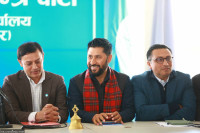
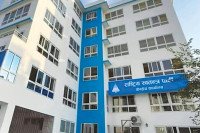

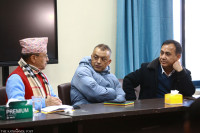
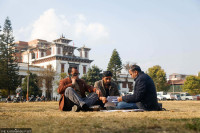

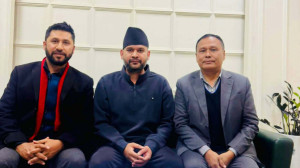





%20(1).jpg&w=300&height=200)

